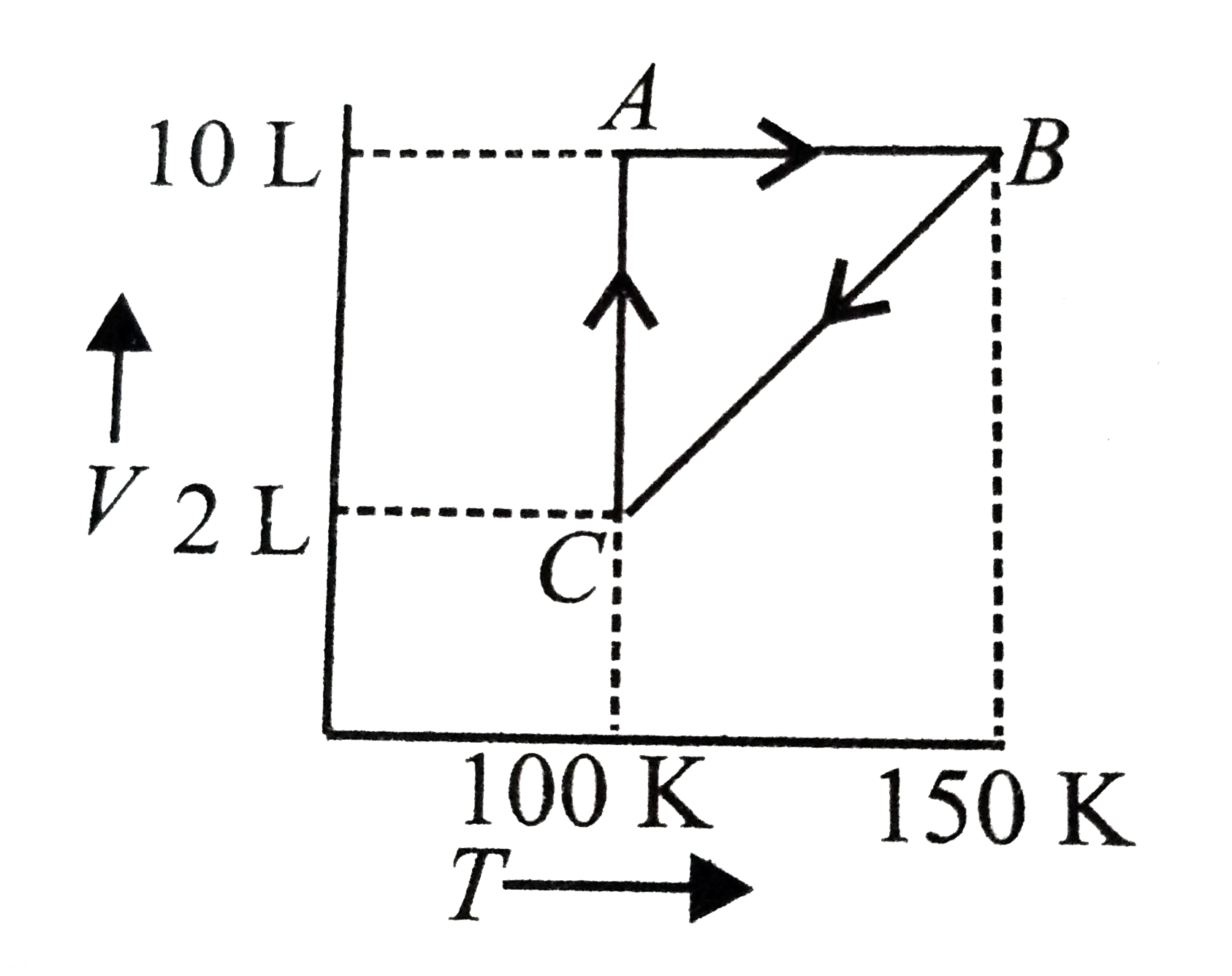Read the given passage and answer the following questions.
A dry pellet of a common base B when kept in open absorbs moisture and turns sticky. The compound is also a by-product of chloro-alkali process.
Identify B:
Sodium chloride
Sodium hydroxide
Carbon dioxide
Sodium carbonate
The correct Answer is:B
To solve the question, we need to identify the common base referred to as "B" in the passage. Here’s a step-by-step solution:
Step 1: Understand the Chloroalkali Process
The chloroalkali process involves the electrolysis of an aqueous solution of sodium chloride (NaCl). This process produces chlorine gas (Cl2), hydrogen gas (H2), and sodium hydroxide (NaOH).
Step 2: Identify the Products
From the electrolysis of sodium chloride, we get:
- Sodium Hydroxide (NaOH) - a common base
- Chlorine gas (Cl2)
- Hydrogen gas (H2)
Step 3: Analyze the Characteristics of Base B
The passage states that base B is a dry pellet that absorbs moisture and turns sticky. Sodium hydroxide (NaOH) is known to absorb moisture from the air, which makes it turn sticky when exposed to humidity.
Step 4: Confirm the Identity of Base B
Since NaOH is produced in the chloroalkali process and matches the description of a common base that absorbs moisture and turns sticky, we can conclude that base B is sodium hydroxide.
Step 5: Final Answer
Thus, the identified base B is Sodium Hydroxide (NaOH).
---
The chloroalkali process involves the electrolysis of an aqueous solution of sodium chloride (NaCl). This process produces chlorine gas (Cl2), hydrogen gas (H2), and sodium hydroxide (NaOH).
From the electrolysis of sodium chloride, we get:
- Sodium Hydroxide (NaOH) - a common base
- Chlorine gas (Cl2)
- Hydrogen gas (H2)
The passage states that base B is a dry pellet that absorbs moisture and turns sticky. Sodium hydroxide (NaOH) is known to absorb moisture from the air, which makes it turn sticky when exposed to humidity.
Since NaOH is produced in the chloroalkali process and matches the description of a common base that absorbs moisture and turns sticky, we can conclude that base B is sodium hydroxide.
Thus, the identified base B is Sodium Hydroxide (NaOH).
Topper's Solved these Questions
- ACIDS, BASES AND SALTSBOOK - OSWAL PUBLICATIONCHAPTER - ACIDS, BASES AND SALTSEXERCISE - Self Assessment - 1 (I. Objective Type Questions) A. Multiple Choice Questions
3 Videos
- ACIDS, BASES AND SALTSBOOK - OSWAL PUBLICATIONCHAPTER - ACIDS, BASES AND SALTSEXERCISE - Self Assessment - 1 (I. Objective Type Questions) B. Passage / Table Based Questions
4 Videos
- ACIDS, BASES AND SALTSBOOK - OSWAL PUBLICATIONCHAPTER - ACIDS, BASES AND SALTSEXERCISE - ASSERTION AND REASON BASED MCQs
8 Videos
- CARBON AND ITS COMPOUNDSBOOK - OSWAL PUBLICATIONCHAPTER - CARBON AND ITS COMPOUNDSEXERCISE - CREATING BASED QUESTIONS
23 Videos
Similar Questions
Read the passage and answer the following questions.
A dry pellet of a common base B when kept in open absorbs moisture and turns sticky. The compound is also a by-product of chlor-alkali process.
Identify B.
View SolutionRead the passage and answer the following questions.
A dry pellet of a common base B when kept in open absorbs moisture and turns sticky. The compound is also a by-product of chlor-alkali process.
When aqueous sodium carbonate (Na2CO3) reacts with HCl (aq), it gives.
View Solution
Knowledge Check
Read the given passage and answer the following questions.
A dry pellet of a common base B when kept in open absorbs moisture and turns sticky. The compound is also a by-product of chloro-alkali process.
What is the raw material used in chloro-alkali?AAqueous solution of sodium chlorideBSodium chloride in dry formCSodium hydroxideDSodium carbonateA dry pellet of a common base B, When kept in open absorbs moisture and turns sticky. The compound is also a by product of chloroalkali process . Identify B, what type of reaction occurs when B is treated with an acidic oxide? Write a balanced chemical equation for one such solution
ANeutralisationBDouble decompositionCCombinationDDisplacementRead the given passage and answer the following questions.
A dry pellet of a common base B when kept in open absorbs moisture and turns sticky. The compound is also a by-product of chloro-alkali process.
When aqueous sodium carbonate (Na2CO3) reacts with HCl (aq), it givesANaOH,H2andCO2BNaCl,H2OandCO2CNaHCO3,H2andCO2DNaHCO3,H2OandCO2
A dry pellet of a common base B, When kept in open absorbs moisture and turns sticky. The compound is also a by product of chloroalkali process . Identify B, what type of reaction occurs when B is treated with an acidic oxide? Write a balanced chemical equation for one such solution
View SolutionA dry pellet of a common base B, when kept in open absorbs moisture and turns sticky. The compound is also a by product of chloralkali process. Identify B, what type of reaction occurs when B is treated with an acidic oxide? Write a balanced chemical equation for one such solution
View SolutionDry pellets of base 'X' when kept in open absorb moisture and turn sticky. The compound is also formed by chlor-alkali process. Write chemical name and formula of X. Describe chlor-alkali process with balanced chemical equation. Name the type of reaction that occures when X is treated with dilute hydrochloric acid. Write the chemical equation. While diluting an acid, why is it recommended that the acid should be added to water and not water to the acid ?
View SolutionConsider the given diagram for 1 mole of a gas X and answer the following question.

The process A→B represents
View SolutionRead the given passage and answer the following
questions.
Sanjana while preparing cake used baking soda in small amounts. It helps to make the cake soft land spongy. An aqueous solution of baking soda also turns red litmus blue. It is also used in soda acid extinguisher.
The pH of baking soda solution is :
View Solution
